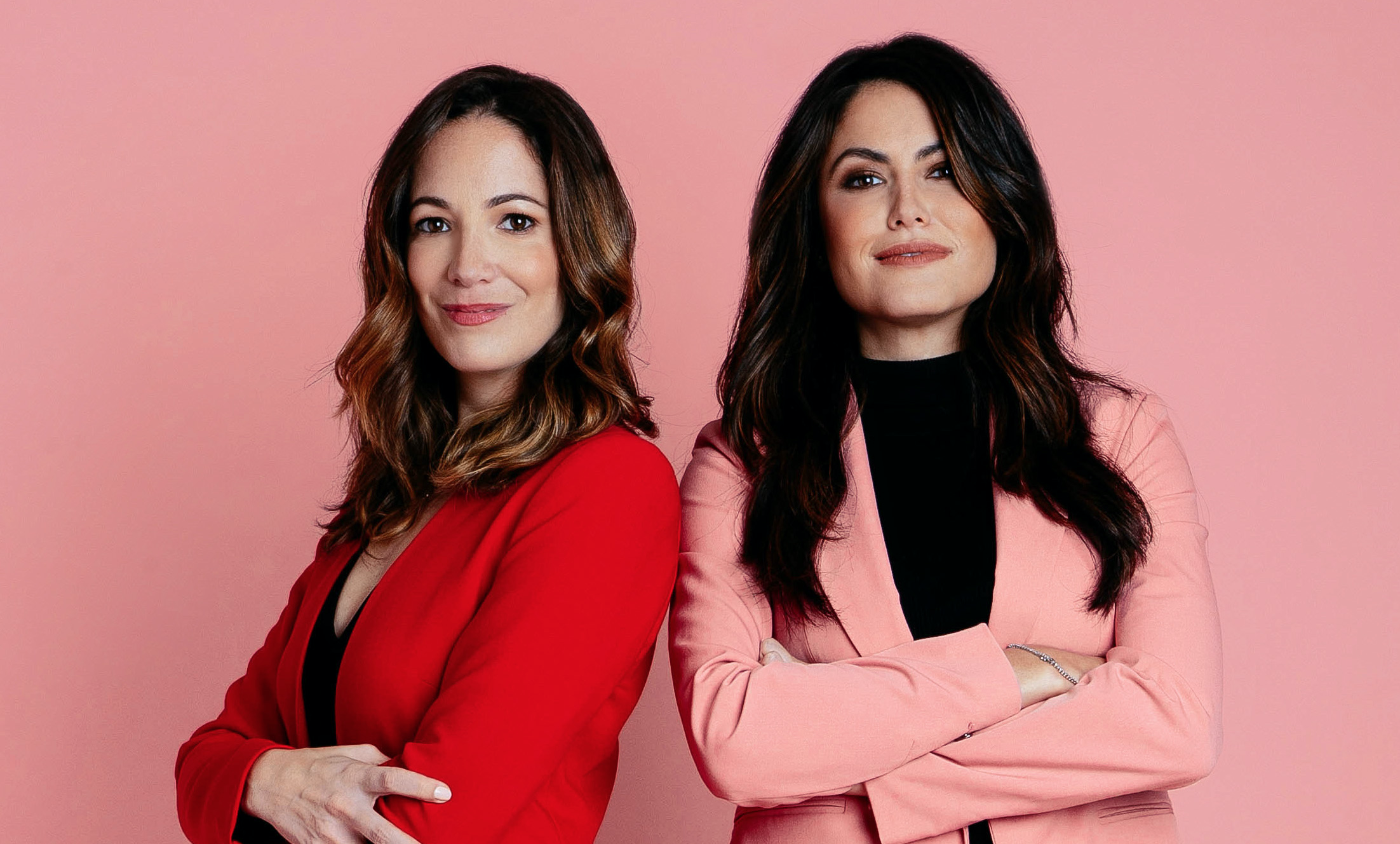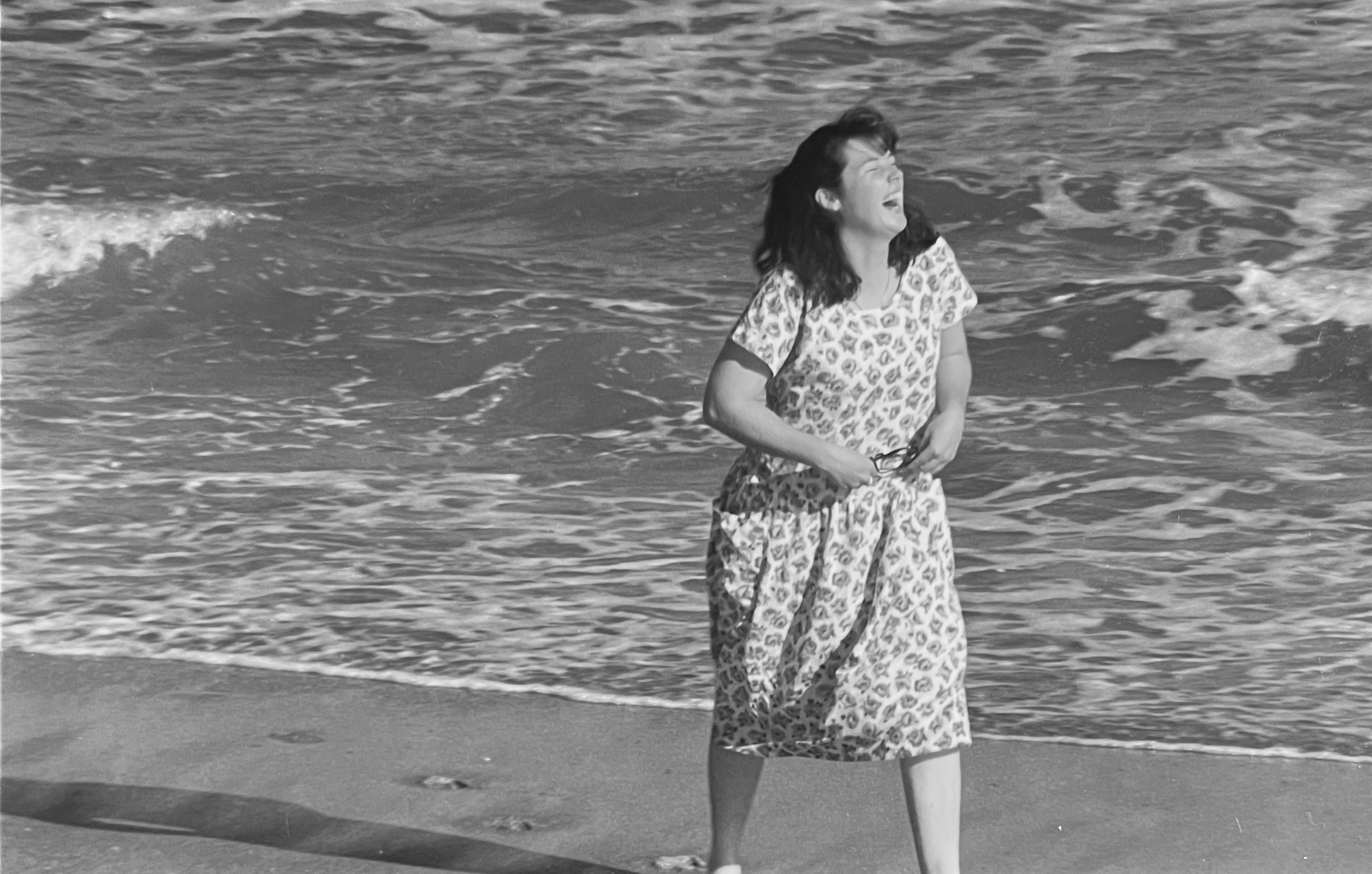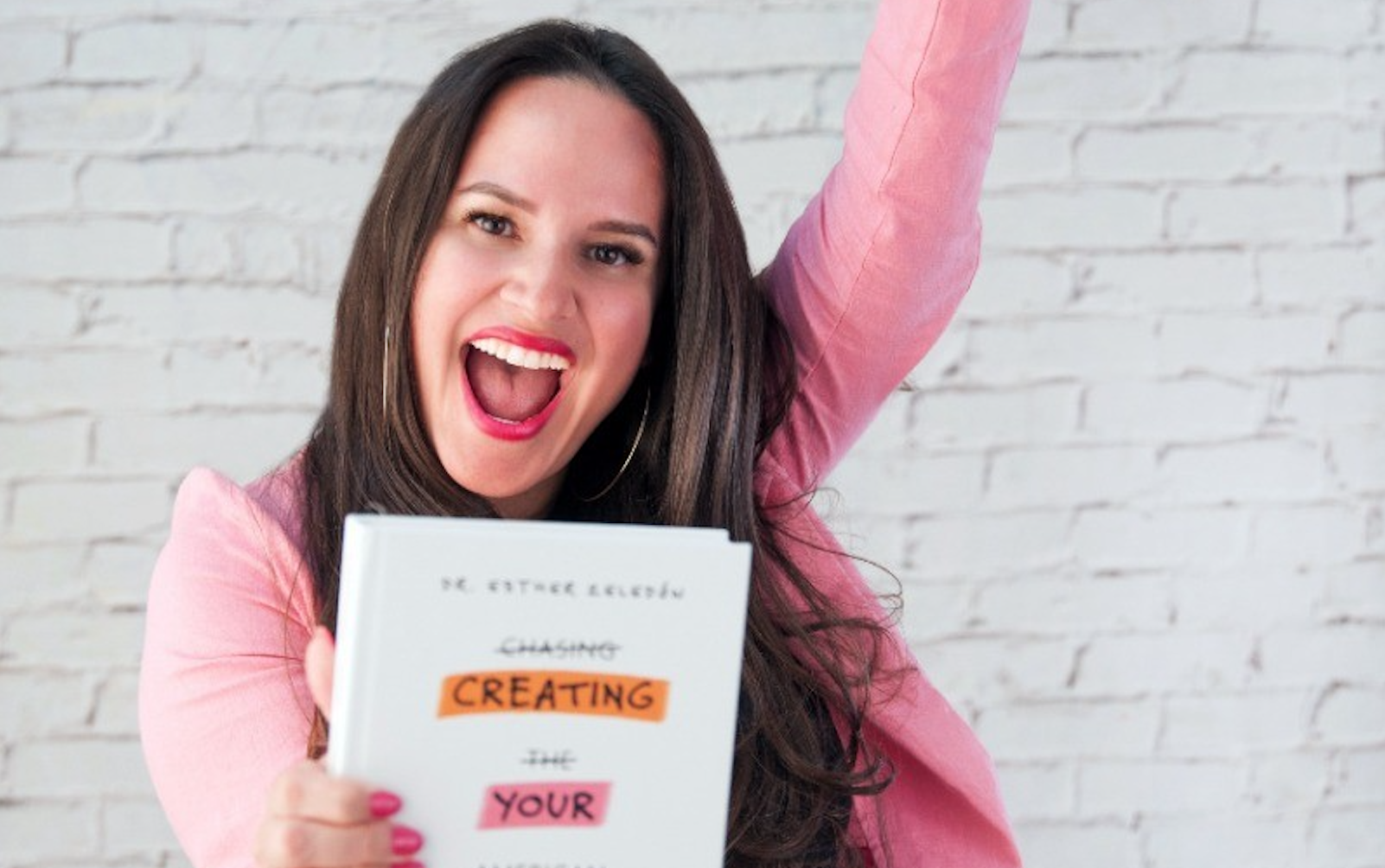Imagine a world where young girls get to grow up consuming media that isn’t dominated with subtexts and messages screaming “SEX SELLS!”. Think of the major cultural shifts that could take place if girls were brought up in an environment knowing their worth comes from who they fundamentally are, what they contribute to the world, and what is in their brain and hearts, rather than how thin/pretty/sexual/available/pleasing-to-a-man they are.
That’s the world we need to work toward, if we are every going to see gender equality becoming a reality, along with major policies which ensure the equal rights of women, girls, and minorities, of course. We’ve written at length about the harmful and long-term effects of media messages and advertising on a young person’s subconscious. The groundbreaking documentary ‘Miss Representation’ spells it out in the most explicit way possible, for those who are still wondering whether it is really an issue.
For those looking for a great academic resource, we highly recommend Dr. Jean Kilbourne’s 4-part series ‘Killing Us Softly’ series which goes in depth with data, examples, and important analysis on why advertising messages have a powerful effect on audiences and consumers, especially women.
But you also don’t need to look too hard to see the real world effects of advertising messages on today’s youth. If you have ever heard young women talk negatively about their own body image, or express a desire to look like a famous model or celebrity in the media, that comes from the expertly-crafted advertising tactic of making women feel in adequate in who they are. That they must spend money and energy changing themselves.
A Canadian organization is looking to change this trend by putting girls in the driver’s seat. What would it look like if today’s average girl was leading the way on the messages marketed to their own demographic. The Canadian Women’s Foundation has launched a new initiative called #GirlPowered, which launched back on International Day of the Girl in 2016 in conjunction with ad agency Havas.
CWF is an organization dedicated to improving the lives of women and girls by raising awareness about violence and poverty, and creating impact campaigns designed to empower them into a life of confidence and leadership.
The CWF and Havas asked Canadian girls to share with them what kind of messages they would prefer to see in advertising and in public. They received 1400 submissions altogether. Working with a group of young girls for a round-table session, the organization asked them to narrow the submissions down to the top 6, which they launched in a national media campaign on February 13th.
CBC News’ Tania Mehta reports that the purpose of the campaign and getting the girls involved was to “break stereotypes of sexualized females images in public spaces.” Some of the girls told the CBC how advertising messages affects them personally, and why they feel this campaign is important to their generation.
“From pretty much the time we’re born, girls are conditioned to look a certain way and act a certain way and think and feel a certain way and that’s why I’m here because that’s not right,” said 13 year-old Ella Frank, who was part of the round-table session.
“Sometimes…you just want to fit in. It’s a shame because they really don’t know how good they are…they don’t appreciate themselves sometimes,” said 14 year-old Rhi-Onna Carey.
Havas executives point out that this campaign is very different from other advertising campaigns which are leap-frogging off the popular female empowerment, or “femvertising” trend, we are seeing in media right now.
“There’s a lot of campaigns out there that are tapping into female empowerment, but really at the end of the day those campaigns are trying to sell something, whether it’s makeup or breakfast cereal,” said Cory Eisentraut, VP and creative director at Havas.
The CWF want to put the power back in the hands of girls to know that they don’t need to conform to the ridiculous and unrealistic standards shoved down their throats from a young age.
“We’re seeing all kinds of sexist messages, stereotypical messages and girls are being sexualized in the media all the time and it’s finally time to take that back,” said Beth Malcolm, director of the Girls Fund at the Canadian Women’s Foundation.
In a fact-sheet on the CWF website, they give some insight into why this is an issue worth paying close attention to, if we ever hope to break the cycle for future women and girls.
- Sixty-two per cent of Canadians see girls being exposed to unrealistic, sexy images of women in advertising as a major problem for women and girls in Canada today.
- Through constant exposure to sexualized images of women and girls, females learn that their primary value comes from their physical appearance.
- Pervasive sexualized images of women also affect how men and boys think of women and girls. The more TV that boys watch, the more sexist their beliefs become.
- There are strong links between sexualization and risky decisions, such as becoming sexual active too early, not using condoms, and having sex when they don’t want to. This is especially true for girls who have special needs or disabilities.
If it seems like bad news, sure there is a lot of that, but the good news is we as consumers have the power to create change. To start with, encourage the girls in your life to generate their own #GirlPowered message on the CWF website by clicking here, and sharing with your social network. These days we also have more tools at our fingertips to show brands and companies that they should listen to voices of consumers or pay the price. Expressing your concerns on their Facebook pages and Twitter accounts about advertising you believe is harmful. Writing them letters.
Writing blog posts and creating Youtube videos about why advertisers need to take responsibility for the messages they are creating is vital to the ecosystem of change. You can also align yourself with organizations like the Canadian Women’s Foundation and get involved in their initiatives as they seek to empower the next generation of women and girls.
You can watch the #GirlPowered video below.





















